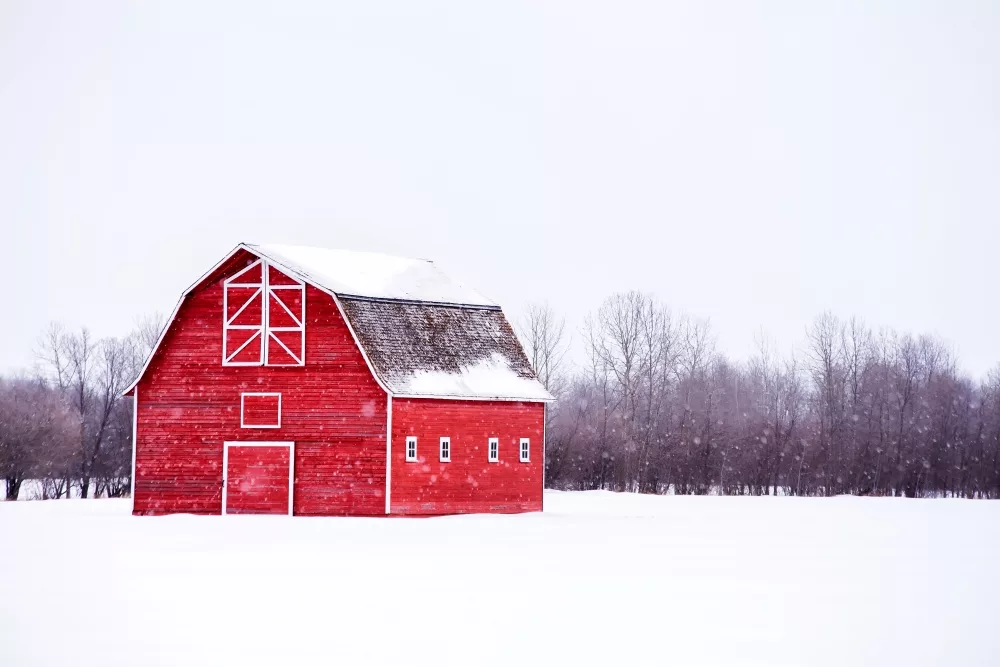Your browser doesn’t support HTML5 audio
We’re fully into fall, and winter weather is approaching. Experts say we’re heading into an El Niño for the first time in five years. Typically, during El Niño, we see a weakening of the northern polar jet stream and a strengthening of the southern or subtropical jet stream. USDA meteorologist Brad Rippey says temperatures should be mild and warm for most of the country, particularly along the northern tier.
“For temperatures, a lot of the country tends to be quite mild and quite warm during El Niño winters. That is especially true across the northern half of the United States extending all the way from parts of California and the Pacific Northwest through the northern plains, the Midwest, the Great Lakes States, and the Northeast. So, we are expecting mild weather,” Rippey said. “That doesn’t mean every single day during the winter is going to be warm. But if you average the 90-plus days of winter, we do expect to see above-normal temperatures, particularly in the northern US.”
In contrast to his prediction of above-normal temperatures, Rippey said snow amounts may be below normal.
“The precipitation outlook for December of 2023 through February of 2024, with that weakened northern or polar jet stream, oftentimes we see drier the normal conditions extending across parts of the northern United States. Typically, that is most likely to happen across the Northern Rockies and Northern Plains as well as the Great Lakes region. That can translate into less-than-normal snowfall in many cases,” he said.
Meanwhile, it’s a different story for those down south.
“With the hyperactive southern or subtropical jet stream enhanced by El Niño, oftentimes we see a very active storm track across the South. This year, this winter, we’re expecting that above-normal precipitation pattern to extend from California eastward through the Four Corners region, the central and southern Great Plains, and then through the Gulf Coast states and even extending along the Atlantic Coast as far north as southern New England,” he said.

